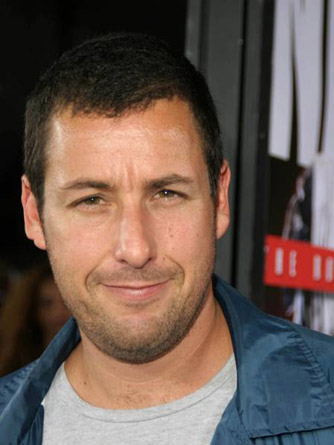Jerusalem + 71 its other names. How
does it feel to visit a city that you have only read about in a book
that was written over 2000 years ago? My tour guide actually said I
will visit Mt. Olive and walk along Via Dolorosa. Names that sound so
ancient, old and unbelievable that the same places still exist for us to visit. When thinking of these locations
mentioned in school or the Bible, I think of dusty streets, or
streets paved with pale limestone, wooden wagons pulled by donkeys,
people in robes, bread in wicker baskets, a hot day.
 |
| commons.wikimedia.org |
My first surprise was that Jerusalem is
located quite high above the sea level. When driving up from Eilat
and the Dead Sea, you elevate quite a lot and reach cooler
temperatures (at least in spring). It had just snowed a couple of
days before in Jerusalem. I didn't snow in my Biblical image of the city. The roads leading there aren't dusty
or paved with limestone. And normal buses and cars are heading
towards the city - no donkeys, camels or horses.
The outskirts of Jerusalem are like any
other Greek or Middle Eastern city. It's busy, jammed with traffic,
worn-down 70s buildings with boxy a/c hanging outsite on the walls,
loud people. Pretty soon that Biblical image of Jerusalem in your
mind will vanish. I wondered, how could anyone feel connected to
Christianity here – there's nothing to connect with here. But don't hold it against the city if it's not what you imagined - it is unfair to expect a place to remain the same for thousands of years. Of course Jerusalem has changed!
 |
| Modern art at a modern mall in an ancient city. |
Instead, concentrate on what the city has to offer now. Mt. Olive gives you an breath-taking
view over the Jewish cemetary. Dozens and dozens of white graves, all
these people buried in the proximity of the holy city, waiting for
resurrection? You also see a panorama view of the old town which is
crammed inside old walls – but dominated by the Dome of the Rock.
Its blue mosaics and the golden dome stand out from the otherwise
colorless surroundings. I found it intriguing that the images of what
we in Finland see of Jerusalem, the capital city of the Jewish state,
always features this mosque – a clear symbol of the Muslim faith.
 |
| Note to self, Jerusalem is actually quite a big city. |
There are many gates that will lead you
to the Old Town of Jerusalem, and my entry point was the Zion Gate.
It was here where I ditched my Finnish tourguide and sure, I missed a
lot of detailed explanations of the place that I could have amused
you readers now with. But instead, I embarked an even better tour that still, to my utter delight, continues! The old town is actually not old so you would think. For
instance, the Zion gate was constructed in the 1500s – waaay after
the times of Jesus.
The Old Town is divided into four
quarters: Jewish, Christian, Muslim and Armenian. Each of them have
their own characteristics, but it is actually here where you see four
different cultures and religions crammed inside thick brick walls,
living side-by-side. Toss inside a couple of Hindus and Buddhists and
you've got the world's religions in a nutshell.
Like most old towns, the one in
Jerusalem also has narrow streets in a labyrinth layout. There are
souvenir shops, cafes, restaurants, fresh fruits&vegetables being
sold, local fast food – and of course lots and lots of people
buzzing around. And the important churches for Christians or Via
Dolorosa, you see groups of religious people with tears in their
eyes.
 |
| Guess which quarter is this picture taken at? |
But for me, the most astonishing and
memorable sight in the old town of Jerusalem was actually the Western
Wall or Kotel. Why not the churches? Because the Wall is unique.
Churches you have, beautiful ones, plenty of around the world, but
there is just one Kotel on this planet. People are swarming around
it, but despite that there's still certain tranquility and
sentimentality in the air. The most touching thing is that you take a
small piece of paper, scribble down your dearest hopes and wishes,
fold the paper into a tiny piece and gently push it in one of the cracks of the Wall.
It is something hands-on, something personal. What you wrote down is
something just between you and the Wall. The Wall that's been
standing there for longer than you could imagine, the Wall that
survived the destruction of the Temple, the Wall so dear to the Jews.
I felt confident leaving my wish in that place. What could be safer
and more concrete than that?
 |
| At the Kotel. |
Although I strongly recommend a visit to Jerusalem and to the Kotel, you can meanwhile place your prayers online. Mine hasn't come true yet, but I'm sure one beautiful day it will. And I'm sure you will read about it here then.
 |
| But meanwhile, a little extra help from a Jerusalem shamrock won't hurt! |










.jpg)






